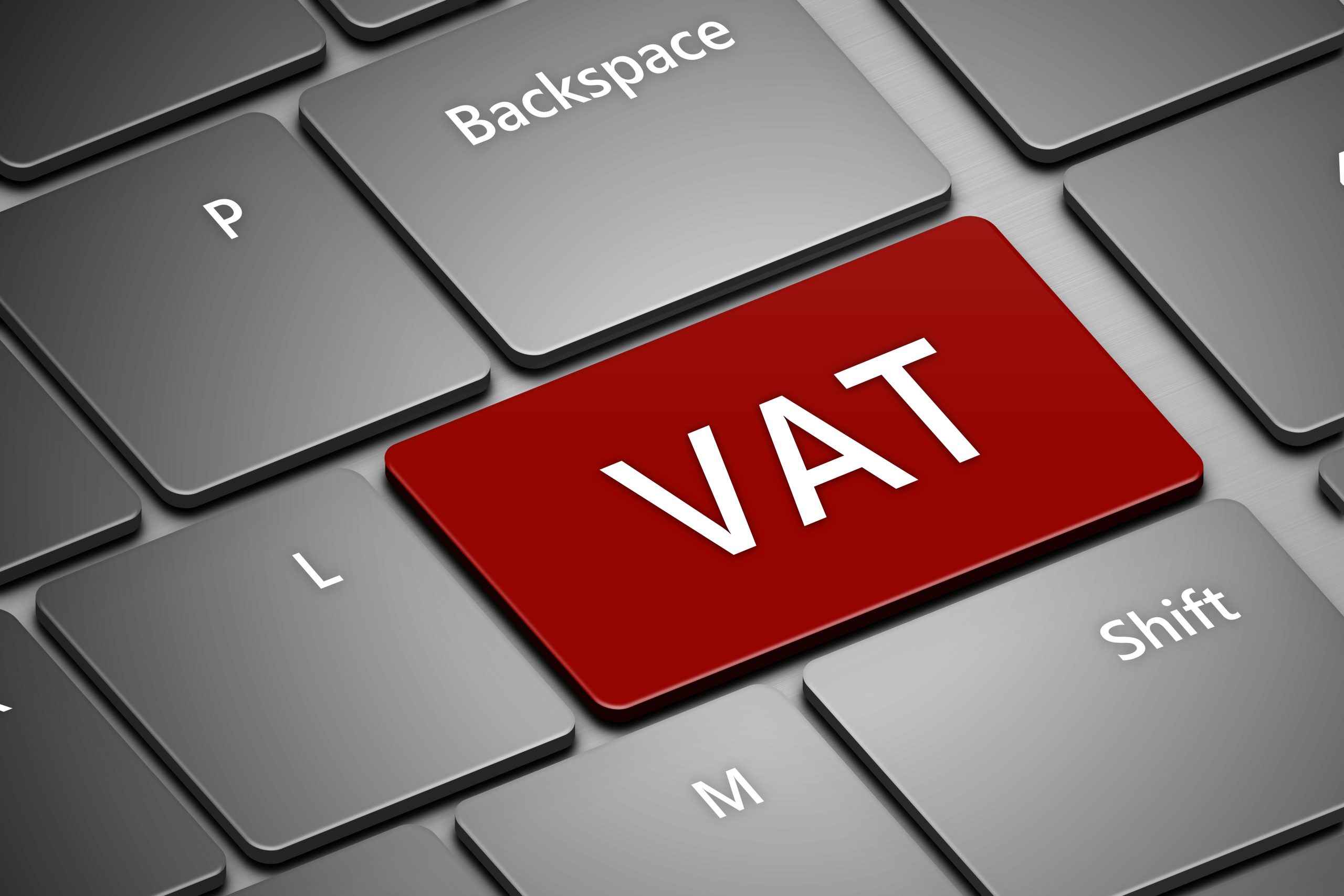Value Added Tax (VAT) is an essential aspect of financial transactions that businesses in the United Kingdom. It is important for businesses that are VAT-registered to know how they can file their VAT returns. This guide will offer important information on the complicated process of filing VAT returns. It can also assist companies navigate the difficult financial world without fear.

What is VAT? Why is it important?
Value Added Tax (VAT) is an income tax that is enforced by the government every time goods or services are sold. You are required to declare VAT when you sell your services or products in the event that your business is registered for VAT. It’s about collecting VAT from customers, remitting it to HMRC and providing them with an invoice or receipt which explains the VAT that was included in their purchase. Additionally, when you purchase items you’ll receive a VAT invoice indicating the amount of VAT that was included in the transaction. It’s important to keep accurate records in order to be able to claim VAT from HMRC.
The Basics of VAT Returns
The regular filing of VAT returns in conjunction with HMRC is one of the most essential obligations companies who are registered for VAT are required to fulfill. A VAT return summarizes the purchases and sales made by an organization during a certain period. Businesses may make use of it to record the tax they received from their clients, as well as the VAT they paid themselves. This is usually reported on a quarterly schedule. For more information, click UK VAT Returns
How to submit a VAT return: A step-by-step guide
1. Understand Your VAT Period Before you begin the process of filing, it’s essential to be aware of your VAT period. Businesses in the UK generally file their VAT tax returns each three months. Be sure to know the dates of your VAT timeframe.
2. Gather information on sales and Purchases: Collect pertinent data on your sales and purchases during the time of VAT. Included are sales invoices that you send to customers, receipts of purchase received from suppliers and other financial documents.
3. Calculate Output Tax Output tax is the amount of VAT you’ve charged your customers on sales. Calculate the total output tax by adding up the VAT you paid on all your sales made during the VAT period.
4. Tax on input can be calculated by adding the VAT on all of your purchases made during the period of VAT. Add all the VAT you have paid on your purchases over the period of VAT to determine the total input tax.
5. Completing the VAT Return: Complete the HMRC VAT return form with the information you have gathered. The form generally has sections for your total sales, your total purchases output tax, as well as input tax.
6. HMRC must receive the VAT return before the deadline set. HMRC’s Making Tax Digital service allows you to submit your VAT return online. This is a convenient way to comply with your tax obligations as a VAT payer.
Avoid these Common Mistakes
If you’re late in making your VAT tax return, penalties could be in place. If you are late in filing, it can have financial implications for your business.
Check for errors in your VAT return for any mistakes. Mistakes in calculations or inputting incorrect figures could lead to confusion and issues with HMRC.
Failure to Reclaim Eligible Input Tax: Businesses can claim VAT for eligible purchases. Be sure to know what input tax you can reclaim. This could have a big impact on your VAT liability.
The final sentence of the article is:
The process of navigating the world of VAT returns is an essential element of financial management for businesses in the UK. Understanding the process for VAT returns and the complexities involved, as well as following a comprehensive guide for VAT returns is essential to maintaining compliance with financial regulations.
Businesses must approach VAT returns with precision and vigilance. If they are able to understand the process by avoiding common mistakes and utilizing the resources that are available, businesses can streamline their VAT obligations, which contributes to financial stability as well as regulatory compliance. If you’re a business owner who is new to VAT, or a veteran you must remain updated and active when preparing your VAT tax returns. This will assist in helping ensure a stable financial climate for your company.